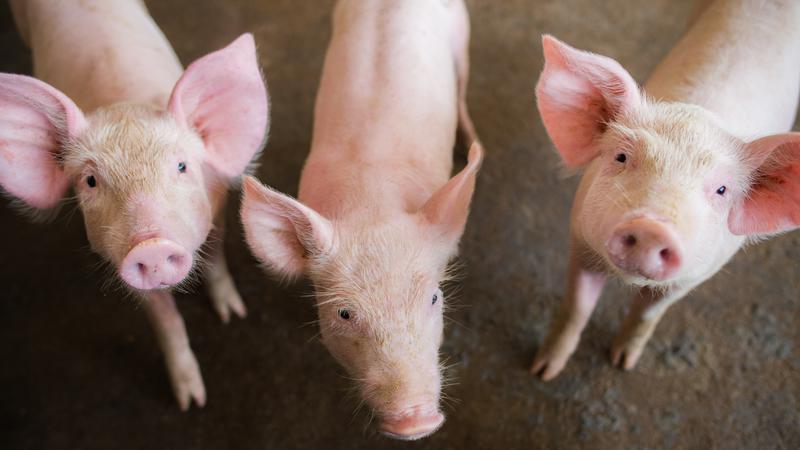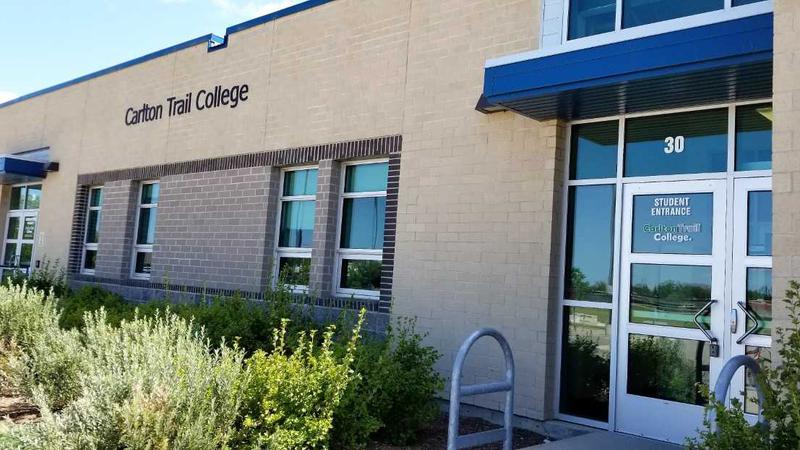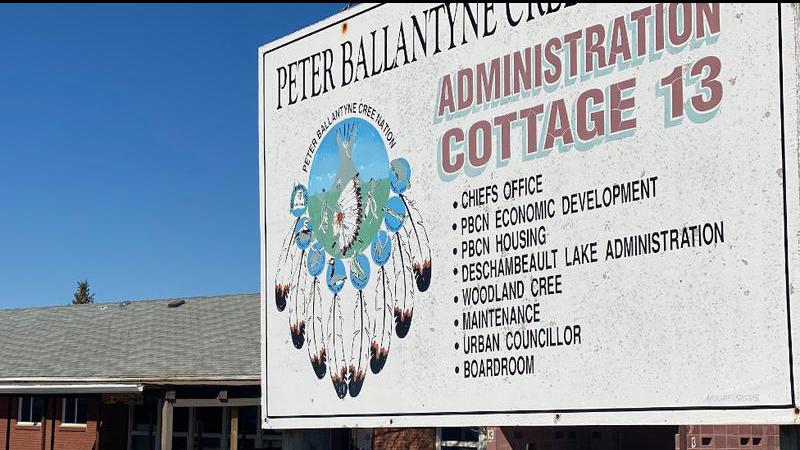
Research underway to benefit sustainability of swine industry
The Western College of Veterinary Medicine at the University of Saskatchewan is working to develop an on-farm tool for pork production companies to make business decisions to meet animal welfare and sustainability goals.
The Natural Sciences and Engineering Research Council of Canada (NSERC) in partnership with 14 industry partners and the university provided funding for the research program in swine welfare. The program is led by Dr. Yolane Seddon. Her team of four research scientists and technicians will study data gathered from interviews with producers who make management decisions, as well as herd vets in Canada and the United States.
“The outcome of this work is that we aim to produce a tool that will support decision making on the farm that will influence animal welfare, but also with the knowledge of how it interacts with business, profitability and environmental emissions and therefore, overall business sustainability goals that could influence market access,” Seddon explained.
The 75-minute interview covers a wide range of topics including what animal welfare means to the participants. Seddon said its to get an idea of what indicators they use to monitor welfare and what’s important to themselves or the company they work for.


